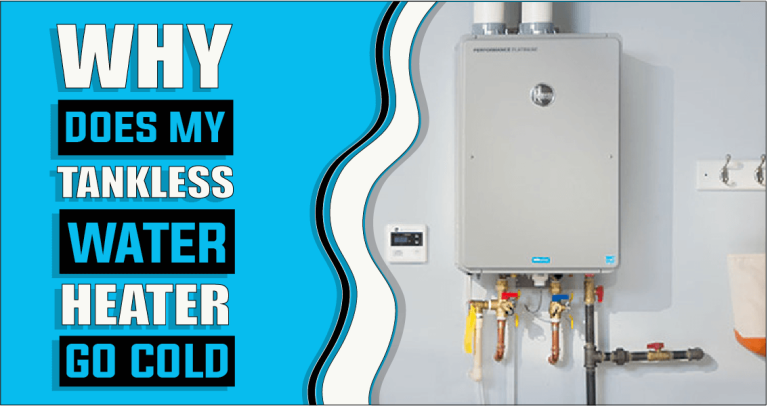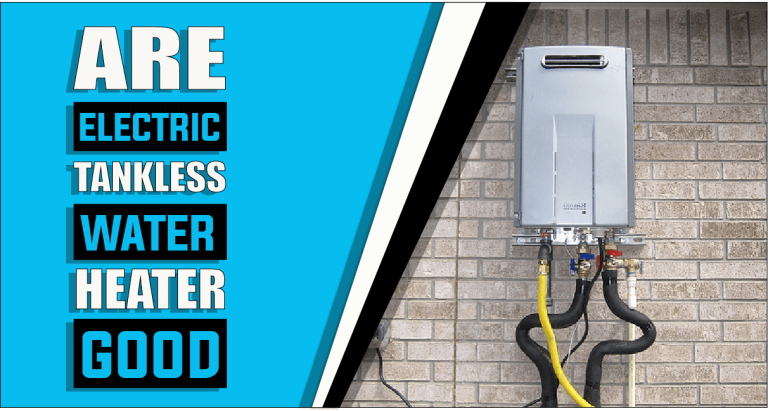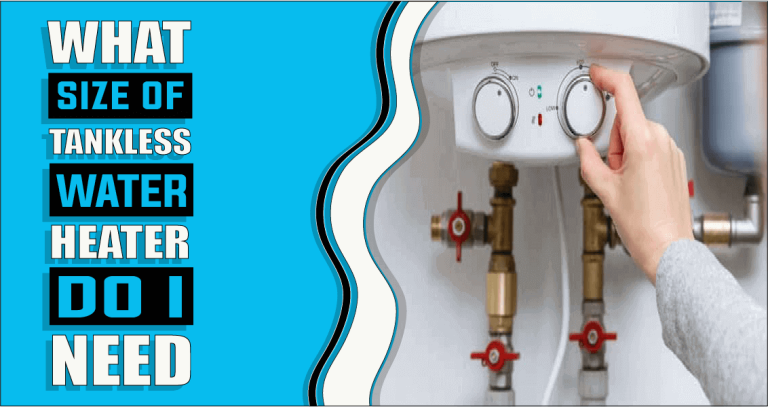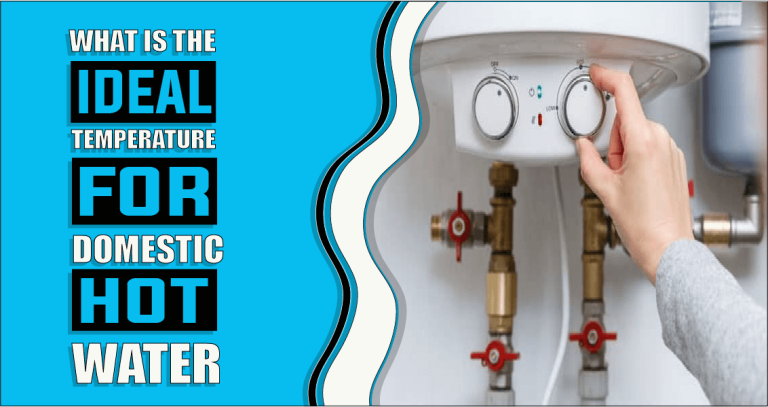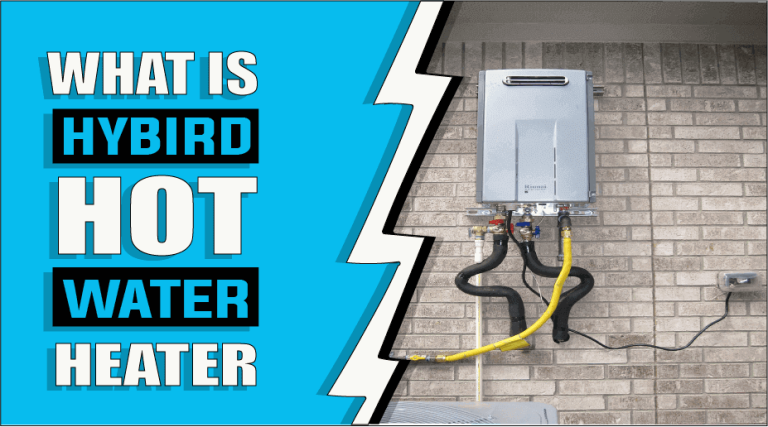What To Do If Your Hot Water Heater Is Leaking | Emergency Guide
Dealing with a leaking water heater can be frustrating and potentially costly. Whether you notice a small drip or a steady flow of water, it’s essential to immediately prevent further damage to your home and address the issue promptly. While a leaking water heater can cause panic, it’s vital to approach the problem methodically and calmly. By remaining composed, you’ll be better equipped to identify the source of the leak and take appropriate action. In some cases, the leaking water heater may be beyond repair, and replacing it becomes necessary. Are you wondering What to do if your water heater is leaking? If so, this article could be a sweet spot for you. Here, we’ll discuss when to consider a replacement and provide guidance on choosing a new water heater.
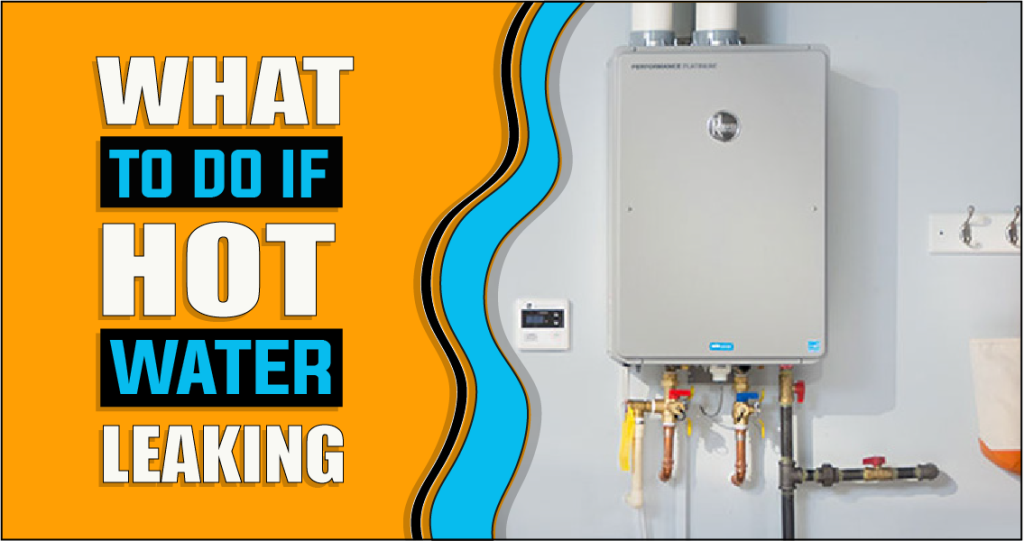
Let’s Explore What To Do If Your Hot Water Heater Is Leaking
If your water heater is leaking, it’s essential to take immediate action to prevent water damage and ensure your safety. Here’s what you should do:
Step 1. Stay Calm and Assess the Situation
When faced with a leaking water heater, panicking and feeling overwhelmed is easy. However, the key to efficiently handling this situation is to stay calm and assess the situation. Take a deep breath and remind yourself that you can tackle this problem step by step.
Start by carefully observing the leak and its severity. Is it a slow drip or a steady flow of water? Is the water pooling around the tank or coming from a specific area? By taking the time to assess the leak, you’ll better understand the issue at hand.
Next, check the valves, connections, and tank for any visible signs of damage or loose fittings. This will help you determine the source of the leak and decide on the appropriate course of action.
While feeling stressed in such situations is natural, keeping a cool head will enable you to make rational decisions and prevent further damage. Remember, panicking won’t fix the problem, but a calm and focused approach will.
By staying calm and assessing the situation, you set yourself up for success in addressing the leaking water heater. Remember, you can handle this. Take it one step at a time, and soon enough, you’ll have the issue resolved.
Step 2. Find the Source of the Leak
When dealing with a leaking water heater, one of the crucial steps in resolving the issue is to find the source of the leak. By identifying the precise location of the leak, you can determine the best course of action for repair.
The first step is to carefully inspect the area around the water heater. Check for any visible signs of water, such as puddles or wet spots. Take note of the exact location where the water is pooling or dripping.
Next, examine the valves and connections to and from the water heater. Look for any signs of water leakage, such as moisture, corrosion, or loose fittings. These valves and connections are common areas where leaks can occur.
If you don’t find any obvious signs of leakage on the valves and connections, it’s time to investigate the tank itself. Check the bottom of the tank for any signs of water accumulation or dripping. Inspect the sides of the tank, as leaks can sometimes occur from cracks or faulty seams.
In some cases, the source of the leak may be less visible. Feel around the tank and its components for any wet areas indicating a hidden leak. Additionally, use a flashlight to get a better view of hard-to-reach areas.
Step 3. Turn Off the Water Supply
When faced with a leaking water heater, one of the first and most crucial steps is to turn off the water supply. By cutting off the flow of water, you can prevent further damage and minimize the potential for flooding.
To turn off the water supply, locate the main water shut-off valve. The exact location may vary depending on your home’s plumbing system, but it is typically found near the water meter. It can be a gate valve or a ball valve.
It would help to give a gate valve a few turns clockwise until you cannot turn it any further. This action will close the valve and stop the water flow. If you have a ball valve, turn the lever or handle clockwise to shut off the water.
Use a glove for better grip and ease of operation if the valve is stiff or difficult to turn. Turning off the water supply at the main shut-off valve effectively stops water from entering your home’s plumbing system.
Step 4. Turn Off the Power
When it comes to ensuring safety during electrical work or emergencies, knowing how to turn off the power is crucial. You can prevent accidents, injuries, and damage by cutting off the electrical supply. Here’s how to safely turn off the power in your home:
- Locate the main circuit breaker or electrical service panel. This is usually found in the basement, utility room, or outside your home.
- Carefully open the panel cover. Be cautious, as there may be live wires inside.
- Identify the main circuit breaker switch. It is usually larger and labelled as “Main” or “Main Disconnect.”
- Flip the main breaker switch to the “off” position. This should shut off power to your entire home.
- To turn off power to specific circuits or devices, locate the individual circuit breakers or fuses and switch them to the “off” position.
It’s important to remember that working with electricity requires caution, and if you are unsure, it’s best to consult a qualified electrician. Always verify that the power is off by testing devices or using a non-contact voltage tester before performing any electrical work.
Step 5. Draining the water tank
Draining the water tank is an essential maintenance task that helps remove sediment buildup and ensure the efficient operation of your water heater. Follow this method to drain the water tank effectively:
- Turn off the power or gas supply to the water heater. This step is essential to prevent the heating elements from operating without water.
- Locate the drain valve at the bottom of the water tank. It is typically a fixture or faucet-like valve.
- Place a bucket or a hose below the drain valve to collect the water. Keep in mind that the water might be hot, so use caution.
- Slowly open the drain valve by turning it counterclockwise. Allow the water to flow out until it stops completely.
- If there is excessive sediment buildup, you can attach a garden hose to the drain valve and direct it to an appropriate drainage area. This will facilitate a more thorough flushing of the tank.
- Once the tank is drained, close the drain valve tightly by turning it clockwise.
- Turn on the water supply and allow the tank to fill before restoring power or gas.
Regularly draining the water tank helps maintain its efficiency and prolong its lifespan. Consult your water heater’s manual for specific instructions, as different models may have slightly different procedures.
Step 6. Fix the Leak (Temporary Solutions)
When faced with a leak in your plumbing system, temporary solutions can provide immediate relief until a professional plumber arrives. Here are some effective temporary fixes for fixing leaks:
- Apply Epoxy Putty:
This versatile solution involves turning off the water to the leaking area, wiping down the pipe, and applying epoxy putty directly to the leak. Let the putty dry as instructed, forming a strong seal.
- Use Pipe Clamps:
Pipe clamps are handy tools that can be wrapped tightly around the damaged area to stop leaks temporarily. They provide a quick fix by preventing further water flow until a permanent repair can be done.
- Isolate and Shut Off the Water Line:
If possible, locate and shut off the valve that controls the water supply to the leaking line. By isolating the problematic section, you can prevent further damage and minimize the leak’s impact.
- Rubber Hose Solution:
In cases where the leak is too large to be held back by a clamp or putty, a rubber hose can be cut and placed over the leak. The hose should be secured tightly to create pressure and temporarily stop the leakage.
When To Call a Professional Plumber?
When it comes to plumbing issues, there are certain situations where it’s best to call a professional plumber. Their expertise can save you time and money and prevent further damage. Here are some instances when you should consider calling a professional plumber:
- No Hot Water:
If you’re experiencing a lack of hot water in your home, it could be a sign of a malfunctioning water heater. A professional plumber can diagnose the issue and provide the necessary repairs or replacement.
- Burst, Broken, or Frozen Pipes:
Dealing with burst, broken, or frozen pipes requires immediate attention. A professional plumber has the knowledge and tools to fix the problem efficiently, minimizing water damage and preventing potential mould growth.
- Gas Leaks:
Gas leaks are a serious safety concern. If you smell gas or suspect a leak, evacuate the premises immediately and call a professional plumber who can locate and repair the leak safely.
- Low Water Pressure:
If you’re experiencing consistently low water pressure throughout your home, it could indicate underlying plumbing issues. A professional plumber can identify the cause and restore proper water flow.
- Backflow Issues:
Backflow occurs when contaminated water flows back into your clean water supply. A professional plumber can install backflow prevention devices and ensure the safety of your water system.
Remember, when it comes to complex plumbing problems or potential hazards, it’s always best to seek the expertise of a professional plumber. They have the skills and experience to handle the situation efficiently and effectively.
When To Consider Replacing the Water Heater?
If your water heater shows signs of age or has been experiencing frequent issues, it may be time to consider replacing it. Here are some factors to consider when deciding whether to replace your water heater:
- Age:
The average lifespan of a water heater is around 8 to 12 years. If your water heater is nearing or exceeding this timeframe, it’s worth considering a replacement. Older units are more prone to breakdowns and inefficiency.
- Frequent Repairs:
If you regularly call a plumber for repairs, the costs can add up quickly. Investing in a new water heater can save you money in the long run by reducing repair expenses.
- Inefficient Performance:
If your current water heater is no longer providing sufficient hot water or if you notice a significant decrease in efficiency, it may be time for an upgrade. Newer models are more energy-efficient, which can lead to savings on your utility bills.
- Rust and Corrosion:
Visible signs of rust or corrosion on your water heater tank are indicators of potential leaks and failure. Replacing the unit before a catastrophic leak can prevent water damage and costly repairs.
- Safety Concerns:
Water heaters that show signs of gas leaks, electrical malfunctions, or carbon monoxide emissions pose serious safety risks. In such cases, replacing the water heater promptly is crucial to ensure the well-being of your household.
Consulting with a professional plumber can help determine the best course of action based on the specific circumstances of your water heater. They can guide you in selecting the right size and type of water heater for your needs, ensuring optimal performance and efficiency.
Use Preventive Maintenance Approach For Regular Maintenance
Preventive maintenance (PM) is a proactive approach to maintaining equipment, machinery, and assets. It involves regular and routine maintenance to prevent breakdowns, extend the lifespan of equipment, and minimize costly unplanned repairs or replacements. PM can be scheduled based on usage or time-based triggers.
The primary goal of preventive maintenance is to keep the heater running smoothly and efficiently. This is achieved through scheduled inspections, servicing, cleaning, lubrication, and parts replacements.
By identifying and addressing potential issues before they become major problems, PM helps to avoid unexpected downtime and reduces the risk of expensive repairs.
Eventually, it will increase equipment reliability, improve safety, and boost productivity by minimizing unscheduled shutdowns. PM also enhances the lifespan of assets, reduces the likelihood of critical failures, and lowers overall maintenance costs.
Conclusion
That’s all about what to do if your water heater is leaking! If your water heater leaks, it’s crucial to take immediate action to prevent further damage and potential hazards. Leaks in water heaters can lead to mould growth, structural deterioration, increased utility bills, and even electric hazards. So, when you notice any leakage, start by turning off the power supply and shutting off the water source to the heater. Next, identify the source and location of the leak, whether it’s a valve, pipe, or tank issue. If the problem appears minor, you may attempt a DIY fix or tighten any loose connections. And if the leak persists or seems severe, it’s safer to contact a professional plumber. Ignoring a leaking water heater can lead to costly damage, so quick and proper action is crucial.
FAQS
If your water heater is leaking, it’s essential to take immediate action to minimize damage and ensure safety. Start by shutting off the power supply to avoid electrical hazards. Next, turn off the water supply to stop the water flow into the tank. You can then drain the tank through the drain valve and assess the source and extent of the leak. It’s advisable to contact a professional plumber to diagnose and repair the issue or determine if a replacement is necessary.
While some minor leaks may be fixable by homeowners with basic plumbing skills, seeking professional help for leaking water heaters is generally recommended. Plumbers have the expertise to diagnose the issue accurately, determine the cause of the leak, and perform the necessary repairs or replacements. Attempting DIY fixes without proper knowledge or experience can lead to further damage or safety hazards. It’s best to consult a licensed plumber for a reliable, long-lasting solution.
The cost to repair a leaking water heater can vary depending on several factors, including the severity of the leak, the type of repair needed, and the region you are in. Minor repairs, such as replacing a valve or fixing a small leak, may cost around $150 to $300. However, if the leak is more significant or requires major component replacements, the cost can range from $500 to $1,500. Getting multiple quotes from reputable plumbers to compare prices and choose the most cost-effective option is recommended.
Several factors can contribute to a water heater leaking. Common causes include:
1: Corrosion.
2: Pressure issues: High water pressure or temperature fluctuations can cause stress on the tank, resulting in leaks.
3: Loose or damaged valves.
4: Ageing or wear and tear.
5: Sediment buildup.
The time required to repair a leaking water heater depends on various factors, such as the extent of the damage, the availability of replacement parts, and the plumber’s schedule. Minor repairs may be completed within a few hours, while more complex issues that involve tank replacement or major repairs can take a day or longer. It’s advisable to consult with the plumber beforehand to get an estimated timeline for the repair process.
Ella John is passionate about helping her readers make the best choice when purchasing a heater. She understands that selecting a heater can be difficult and strives to provide information to help make the decision easier. Ella’s website, Heatersinfo.com, provides valuable insight into heating trends and types of heaters and tips on how to care for them. She also advises selecting the right heater based on individual needs and preferences. Her expertise in electronics makes her an excellent source of knowledge, and she is confident that anyone who visits her website will find the perfect heater information for their needs. Ella’s dedication to helping others make educated decisions about buying the right heater is unparalleled, and she hopes to continue offering her expertise for many years. With Ella’s help, finding the perfect heater can be a breeze!

